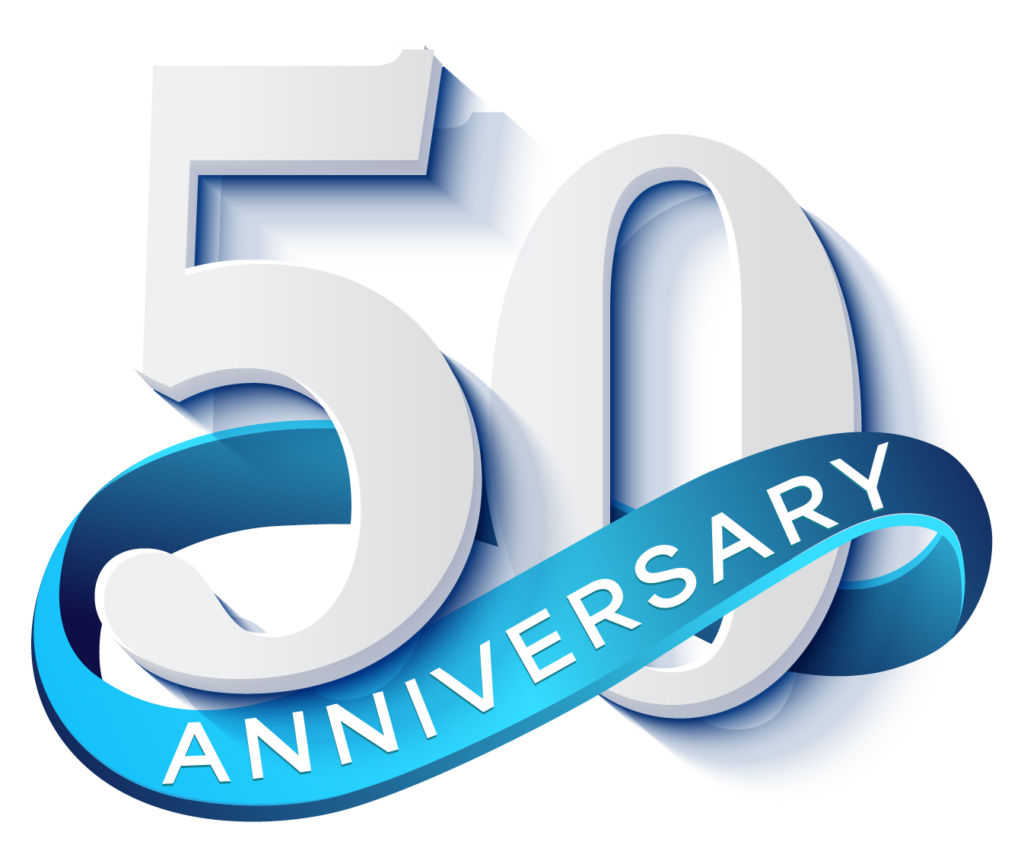At its core, a leader is someone who guides, influences and inspires a group towards achieving a common goal. Therefore, the value a good leader brings to a business is immeasurable – they can motivate teams, drive innovation, and foster a culture of success.
However, when leadership falters, the consequences can be dire. Studies have shown that poor leadership can lead to increased employee turnover, decreased engagement, and a significant drop in productivity. In fact, a Gallup poll found that a staggering 75% of the reasons for voluntary employee turnover come down to managerial behavior. This illustrates just how pivotal effective leadership is – not just for the success of projects or the bottom line, but for the overall health of an organization and its employees.
This is where a leadership development plan comes in, sitting squarely at the intersection between potential disaster and triumphant success. The need to nurture leadership skills cannot be overstated; it is pivotal for professional growth, organizational advancement, and maintaining a competitive edge in today’s fast-paced business world.
In this blog post, we’re going to dive deep into the essentials of effective leadership and offer a comprehensive leadership development plan to unlock your leadership excellence. We’ll cover proven strategies for enhancing your leadership skills, from communication and decision-making to empathy and resilience. By the end, you’ll have gained valuable insights and actionable steps to not only elevate your leadership game but also drive your team and organization toward sustained success.

Self-Assessment
Before we jump into the specifics, take a moment to reflect: understanding oneself is the first step on the road to effective leadership. It’s about looking in the mirror and seeing the bright spots and the areas that need more polish.
Identifying Leadership Strengths
Recognizing your strengths as a leader is about acknowledging the unique qualities and skills you bring to the table—such as your gift for inspiring others, your strategic thinking abilities, or your capacity to remain calm under pressure. These strengths form the foundation of your leadership style and are your greatest assets in driving team success. An industry expert, Tom Rath, highlighted that present and future leaders who focus on their strengths are six times as likely to be engaged in their jobs, underlining the power of playing to your strengths.
Acknowledging Development Areas
On the other hand, acknowledging areas for professional development isn’t about dwelling on weaknesses but rather identifying opportunities for growth. It requires a level of self-awareness and honesty to admit where we’re not as strong and to actively seek improvement. Whether it’s improving communication skills, learning to delegate more effectively, or fostering a more inclusive team environment, addressing these areas can significantly bolster your leadership effectiveness. The beauty of acknowledging these development areas is that it doesn’t only benefit you as a leader; it sets a powerful example for your team about the value of continuous learning and personal growth.
Goal Setting
You wouldn’t sail a ship without a compass, right? The same goes for leadership; having clear goals is your compass. This is where we chart the course from where you are now to where you want to be, ensuring every step is deliberate and in the right direction.
SMART Goals for Leadership
Setting leadership development goals is a fundamental step, but to truly turbocharge your leadership growth, we turn to SMART goals. This acronym stands for Specific, Measurable, Achievable, Relevant, and Time-Bound. By framing your leadership goals with these criteria, you’re not just creating abstract dreams – you’re making a concrete plan to get there.
For instance, instead of a vague goal like “improve communication skills”, a SMART goal would be “Enhance team communication by holding a weekly feedback session over the next quarter.” This specificity makes your goals tangible and attainable.
Long-Term Vision and Short-Term Objectives
Leadership isn’t only about navigating the here and now; it’s also about looking ahead and preparing for the future. That’s why it’s crucial to have a long-term vision that aligns with your personal and organizational values.
Envision where you aspire to be in your leadership journey five or ten years from now. What does success look like to you? This vision becomes your north star, guiding your actions and decisions.
However, the route to this vision is paved with short-term objectives. These are like the stepping stones across a river – necessary to reach the other side. These objectives should be aligned with your SMART goals and serve as milestones that mark your progress. For instance, if your long-term vision is to lead a diverse and inclusive team that excels in innovation, your short-term objectives could include undertaking diversity training or establishing a cross-functional project team within the next year. Balancing your long-term vision with actionable short-term objectives ensures you progress toward your ultimate leadership aspirations.
Skill Enhancement
As a leader, your skills are your tools, and it’s essential to continually sharpen them. The following are some key competencies every leader should develop:
Communication Skills
Communication is the heartbeat of effective leadership development programs. It does not only include talking or giving directives; it’s about creating an environment where everyone feels heard and understood. Effective leadership communication involves active listening, clarity, empathy, and the ability to convey your vision in a way that inspires others. Strengthening your communication skills can transform the way you lead, fostering a culture of openness and mutual respect.
Decision-Making Abilities
Decision-making is at the core of leadership. Being a decisive leader is about analyzing information, predicting outcomes, and making choices that move your team and organization toward its goals. However, being a good decision-maker extends beyond simply making the right choice every time; it’s also about being decisive, transparent, and accountable for your decisions. Enhancing your decision-making abilities involves developing critical thinking skills, seeking diverse perspectives, and learning from past outcomes. It’s a process that requires patience and practice but is invaluable in leading confidently and competently.
Conflict Resolution Techniques
Conflict is inevitable in any team or organization, but it’s not necessarily a bad thing. Handled well, conflict can lead to growth, innovation, and stronger relationships. This is where conflict resolution techniques come into play. Effective leaders know how to mediate disputes, facilitate discussions, and forge agreement by understanding the root causes of conflict and applying a thoughtful approach to resolution. One key aspect is maintaining neutrality and encouraging open, empathetic dialogue.
Emotional Intelligence
Emotional Quotient (EQ) refers to the ability to understand, use, and manage your own emotions in positive ways to communicate effectively, empathize with others, overcome challenges, and defuse conflict. High EQ in leaders empowers them to recognize their own emotional states and those of others. This recognition acts as a guide in tailoring their responses and interactions, thereby fostering a healthy, productive work environment. A study by TalentSmart showed that emotional intelligence is the strongest predictor of performance. EQ encapsulates self-awareness, self-regulation, motivation, empathy, and social skills – elements that underpin a successful leadership development plan.
Applying EQ in Leadership Development Plan
When we talk about applying EQ in leadership, it’s about leveraging your emotional intelligence to guide your team through thick and thin. Leaders with high EQ are adept at reading the room, understanding the undercurrents of team dynamics, and adjusting their interaction style accordingly.
Such leaders are not simply bosses; they are empathetic coaches who inspire loyalty, ignite motivation, and generate trust. Applying EQ in leadership means being attuned to your team’s emotional landscape – celebrating the highs authentically and navigating the lows with compassion and understanding. It is a powerful tool for transforming challenges into opportunities, fostering a culture of respect and collaboration, and driving organizational success.
The Personalysis Executive Intensive Program offers a comprehensive program to improve leadership skills, emphasizing the importance of understanding both oneself and one’s team members. Through a focus and leadership training on developing a deep awareness of one’s leadership style and the dynamics within the team, the program equips leaders with the tools to foster an environment where every member feels seen, valued, and motivated. This method not only amplifies leadership influence but also cultivates a culture of respect and collaboration, ensuring organizational success.
Mentorship Programs
Mentorship not only accelerates personal growth and learning but also helps in navigating the complexities of leadership with greater ease.
Finding a Suitable Mentor
Finding the right mentor can feel like looking for a needle in a haystack, yet it’s one of the most crucial steps in your leadership development program. A suitable mentor is someone whose experiences align with your career aspirations, who possesses qualities you admire, and whose advice you value. It’s about identifying someone who not only has the achievements but also the willingness to invest time and energy in your growth.
The process involves networking, researching potential mentors, and sometimes, being a bit bold to ask for guidance. Remember, the aim is to find a mentor who can challenge you, offer new perspectives, and drive you to achieve your full potential. According to a study by the Wharton School of the University of Pennsylvania, 25% of employees who participated in a mentoring program had a salary-grade change, compared to only 5% of workers who did not participate, highlighting the tangible impact of finding the right mentor.
Creating a Meaningful Mentor-Mentee Relationship
Once you’ve found your mentor, the next step is to cultivate a meaningful mentor-mentee relationship. This relationship is built on mutual respect, openness, and a genuine interest in each other’s professional and personal development. Effective communication is key – specifying goals, expectations, and feedback mechanisms right from the start can lay the groundwork for a successful partnership.
Additionally, this relationship should be a two-way street; while mentors provide guidance, insight, and support, mentees also bring fresh perspectives and can challenge mentors to think differently. The mutual benefits foster a deeper, more productive relationship.
Continuous Learning
From sharpening core skills to the subtleties of emotional intelligence and the value of mentorship, continuous learning is the common cord that connects the various facets of leadership development plans. With rapid advancements in technology and changing business landscapes, leaders need to keep pace with knowledge acquisition and skill development.
Staying Informed About Industry Trends
Keeping abreast of industry trends is similar to having your finger on the pulse of innovation. It’s about being aware of the shifts, breakthroughs, and emerging challenges within your field. This knowledge not only positions you as a forward-thinking leader but also equips you with the insights to drive strategic decisions, foster innovation within your team, and anticipate the needs of your clientele. Thus, dedicating time to read, subscribe to relevant journals, attend industry conferences, or engage in online forums becomes a crucial investment in your personal leadership development plan.
The Role of Formal Education
While on-the-job experience and self-guided learning play significant roles in your leadership development program, formal education should not be underestimated. This encompasses structured learning environments like workshops, seminars, and even advanced academic degrees tailored to leadership and management. Formal education provides a foundation in theoretical frameworks, strategic thinking, and the latest research in leadership effectiveness. Additionally, it offers a unique setting for networking with peers, sharing challenges, and learning from experienced professionals. According to a study done by Liu et al, individuals with advanced degrees not only have higher earnings but also report greater job satisfaction and engagement. This underscores the value of formal education as a tool not just for personal advancement but as a means to enrich your leadership qualities and contribute profoundly to your organization’s success.
Final Thoughts
Success is not a one-time accomplishment but an ongoing journey. As a leader, staying true to your long-term vision while setting achievable short-term objectives can help you progress toward your ultimate goals. Enhancing essential leadership competencies such as communication, decision-making, conflict resolution, and emotional intelligence through programs like the Personalysis Executive Intensive, coupled with mentorship and continuous learning, can help you navigate the ever-changing landscape of leadership and drive success for yourself and your team.
So why wait? Start investing in your leadership development today! Remember, great leaders continually strive to be better versions of themselves, always seeking new ways to grow and inspire those around them.




